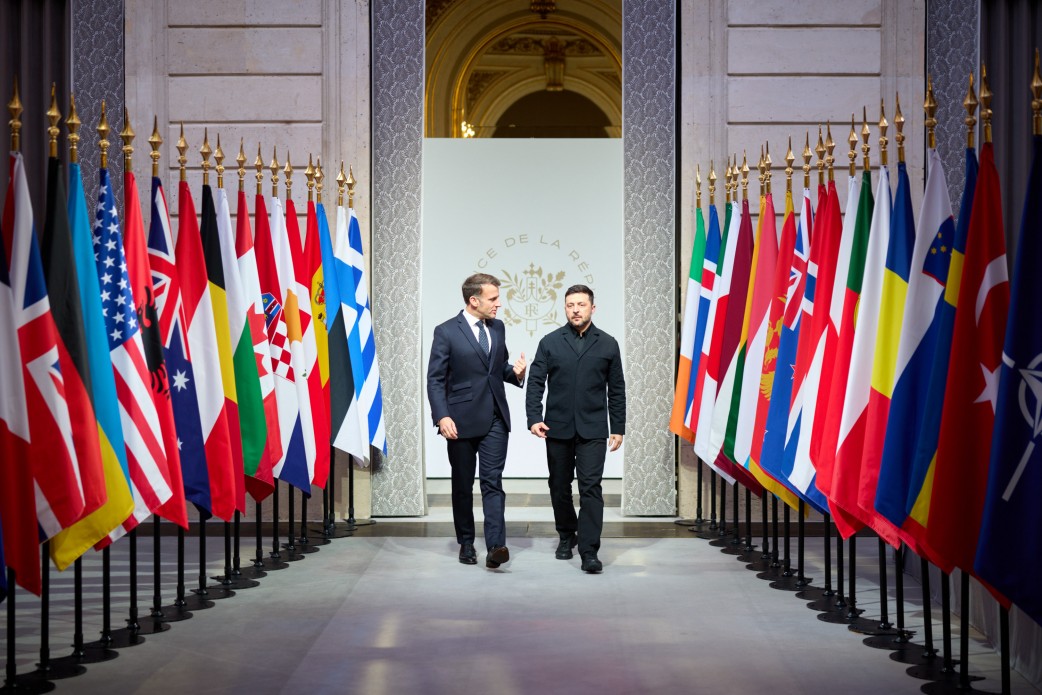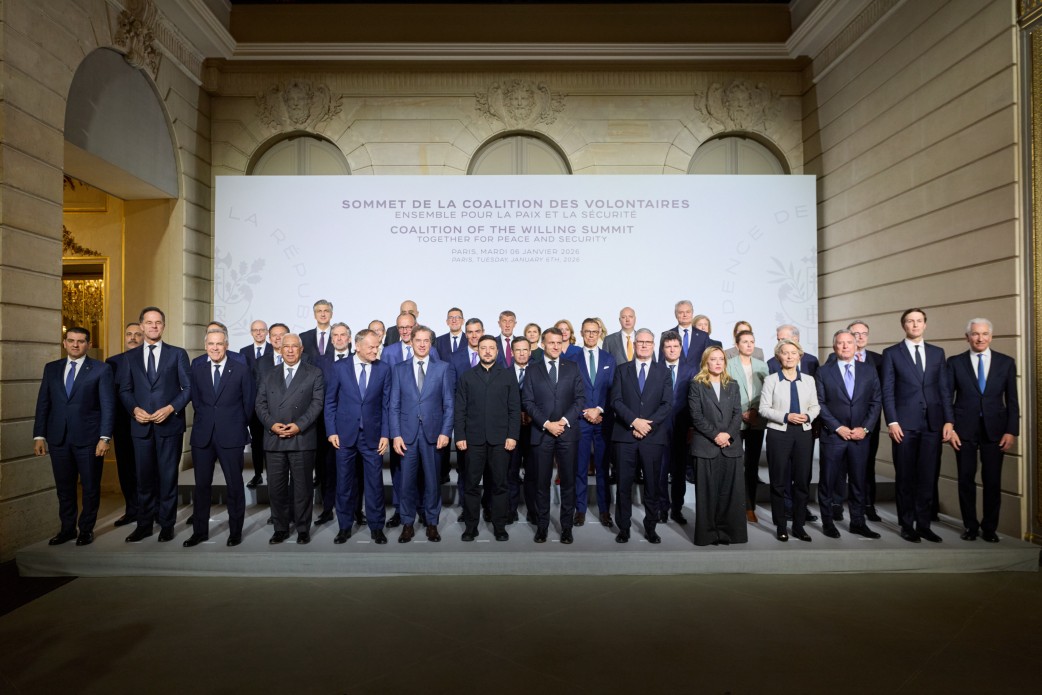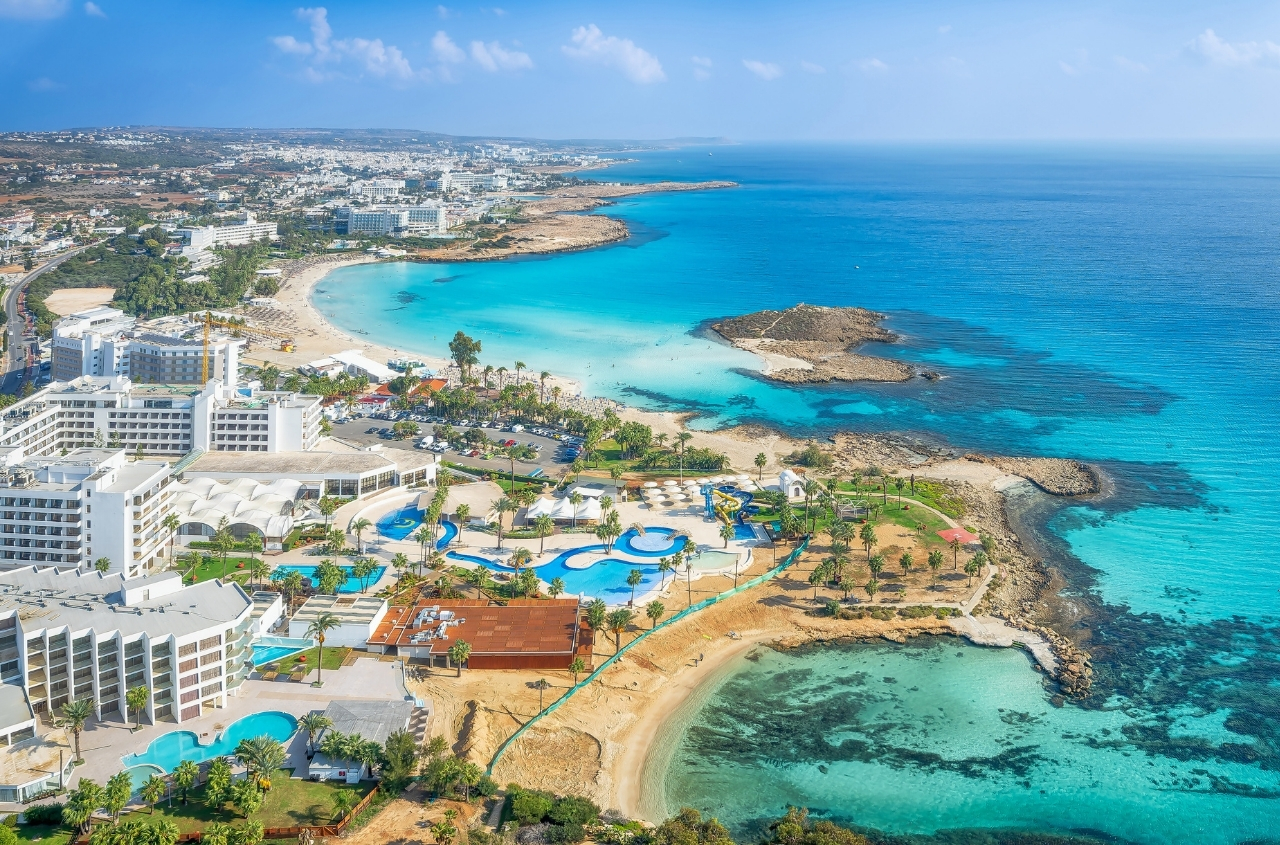"In 2023, Russia significantly altered the structure of its international trade.
The total foreign trade turnover amounted to $710 billion, which is 39% of its GDP.
In 2013, before the sanctions were imposed, Russia's foreign trade turnover was $841 billion.
However, in relative terms (the ratio of trade turnover to GDP), the figures have hardly changed: it was 37% then and remains so now, due to the decline in nominal GDP in dollar terms.
In fact, the 37% figure indicates that Russia's dependence on external markets is significant but not critical, contrary to what many believe.
For comparison: in Ukraine in 2021, the international trade turnover was $141 billion or 70% of GDP.
Judging by these parameters, we had a small, open economy then.
Thus, over ten years of sanctions, Russia has lost $131 billion in foreign trade turnover, or 15.6% annually.
But it cannot yet be called a closed economy.
A closed economy is one that does not utilize national absolute and relative trade advantages in international trade.
Such an economy does not participate in global technological value-added chains and focuses on internal, cyclical capital turnover denominated in the national currency.
In the 21st century, economies with an international trade turnover of 27% or less are considered relatively closed.
Therefore, for Russia to achieve this status, it needs to reduce this indicator by 10 percentage points.
Judging by the changes in the structure of foreign trading partners, Russia is not yet moving towards autarky, like Iran, but is rather radically changing the direction of its trade interactions.
Russia's top five trading partners in 2023 are now as follows (trade turnover in billion dollars):
- China - 240
- India - 65 (1.8 times increase)
- Turkey - 57
- Belarus - 55
- Kazakhstan - 26
These five account for $443 billion of the $710 billion total trade turnover, or 62%.
In terms of trade structure, Russia is now oriented towards Asia and its growing economies, which need energy resources, instead of the EU.
The top ten countries also include South Korea, Germany, UAE, Brazil, and the Netherlands.
Trade with Germany amounted to $12 billion.
In the overall structure, 51% of Russia's trade was with Asian countries, 23% with Europe, 11% with Middle Eastern countries, 8% with CIS countries, 4% with American countries, and 3% with African countries.
In reality, what has happened now is what would have inevitably become reality by 2050, when the EU planned to transition to carbon neutrality, reducing, for example, natural gas imports to 40 billion cubic meters per year.
That is, even without the war, Russia would have lost the European market for its energy exports (coal, oil, gas).
The reorientation towards Asia will give Russia another 20-30 years to earn income from carbon exports: Asia is about 20-30 years behind the EU in achieving carbon neutrality.
Extrapolating the previous ten years of sanctions, such a geopolitical maneuver by Russia can be estimated at approximately $2.5 trillion, which is more than its annual GDP.
This translates to a loss of about 5% of GDP per year.
But why is Russia's economy growing (in the first quarter of 2024, +4.2% seasonally adjusted)?
This phenomenon is explained by the growth of the non-oil and gas sector and the emergence of new growth drivers in various segments of the domestic economy, such as mortgages.
The non-resource sector contributes about +7-8% to GDP in the structural transformation of gross income.
In the end, taking into account the decline of the resource sector, Russia's economy gets a net (growth of the non-resource sector minus the decline of the resource sector) of about +2-3% to the traditional growth rates of 2-2.5%.
The question is, how sustainable is this growth?
Essentially, this is a factor-driven, cyclical growth due to import substitution, military-industrial complex expansion, and mortgages, which rely on a boom in demand, investment, and government orders.
I won't comment on this question for now, although I have certain ideas.
As for international trade, as of today, Russia can be considered a large and relatively open economy.
Russia has not yet transitioned to a state of autarky, as this could negatively impact its growth rates. As long as there is an opportunity to sell gas, coal, oil, grain, uranium, diamonds, and metals, Russia will continue to do so.
During this period, Russia will strive to develop its non-resource sector to the fullest extent.
Strangely enough, sanctions are contributing to this effort.
Until 2050, Russia will attempt to maintain global integration into the world economy by reorienting it from the West to the South and East.
Starting from 2050, or perhaps even earlier, we are likely to enter an era of "Warring Clusters," where the global economy will fragment into competing geopolitical clusters and proto-clusters, transitioning into a stage of defragmentation: optimizing the global economic system by discarding unnecessary "file-countries."
However, the year 2050 does not mean that these processes will activate discretely, like flipping a switch.
For example, the prelude to World War I included a series of wars, such as the Russo-Japanese War of 1905.
Many elements of these processes are already happening in the world. Additionally, the year 2050 is conditional; it could be 2040 or any other date within the 2024-2050 period.
The historical pace of time has accelerated.
The main task for small countries during this period is to avoid being caught at the junction of clusters – geopolitical "tectonic plates" that will begin to "rub" against each other.
For large countries, the key is to become the leader in their respective cluster.
This explains the competition between Russia and China amid the formation of "cluster unity" in opposition to Western global clusters – the EU and the USA.
From the outside, this may look like "wavering" or "trying to sit on two chairs," but it is neither."





















